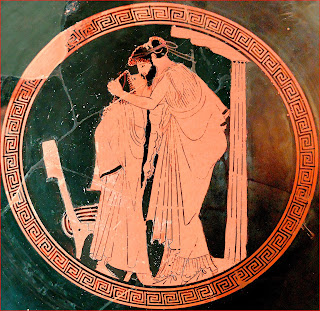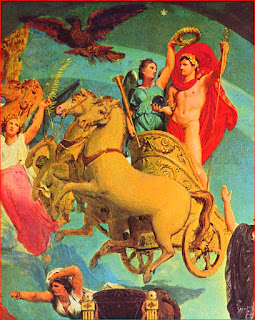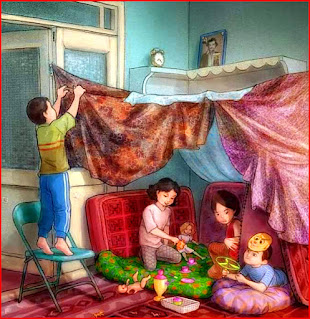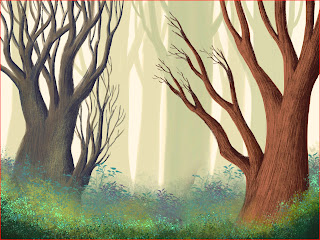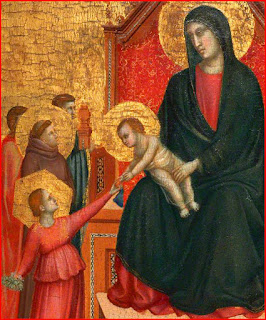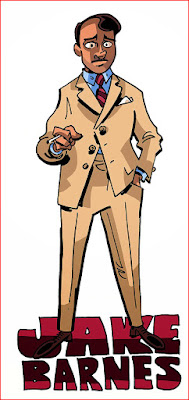Male-Female Relationships in Sylvia Plath’s Poetry
There are two kinds of male-female relationships in Sylvia Plath’s poetry: those between fathers and daughters and between husbands and wives. Neither relationship seems to be happy. In ‘Lesbos’ the husbands are impotent, useless, deserving of scornful dismissal. They could be said of the potential husband s in ‘The Applicant’. But at least these men are not physically threatening, as the black demi-devil husbands in ‘Daddy’ most definitely is. Here the husband is sadistic torturer. The silent, silver suited husband who brings the sinister gift in ‘A Birthday Present’ is alarming too. He torments his wife in different, more subtle ways. Overall, heterosexual love relationships are problematic in Sylvia Plath’s poems. Even when she writes excitedly about being pursued by a lover, there is a strong current of violence running through the poem, ‘Pursuit’, a suggestion that the female is the victim, the bait. She will be eaten up worn out, cast aside.

